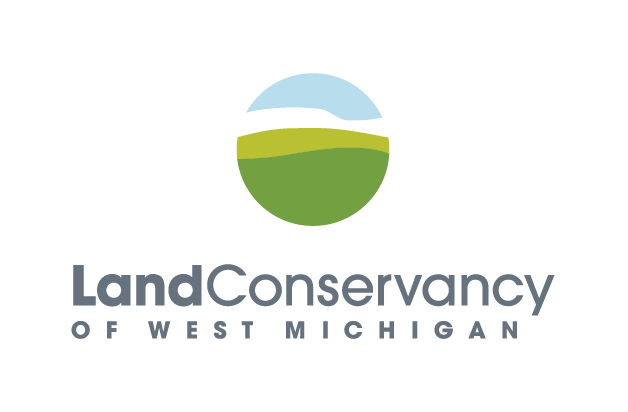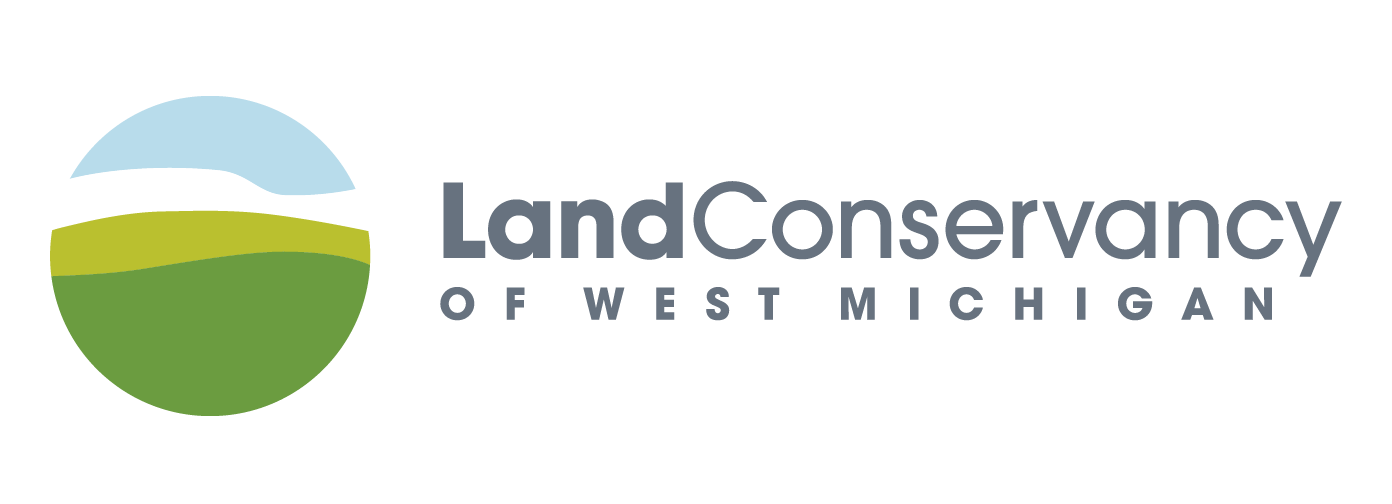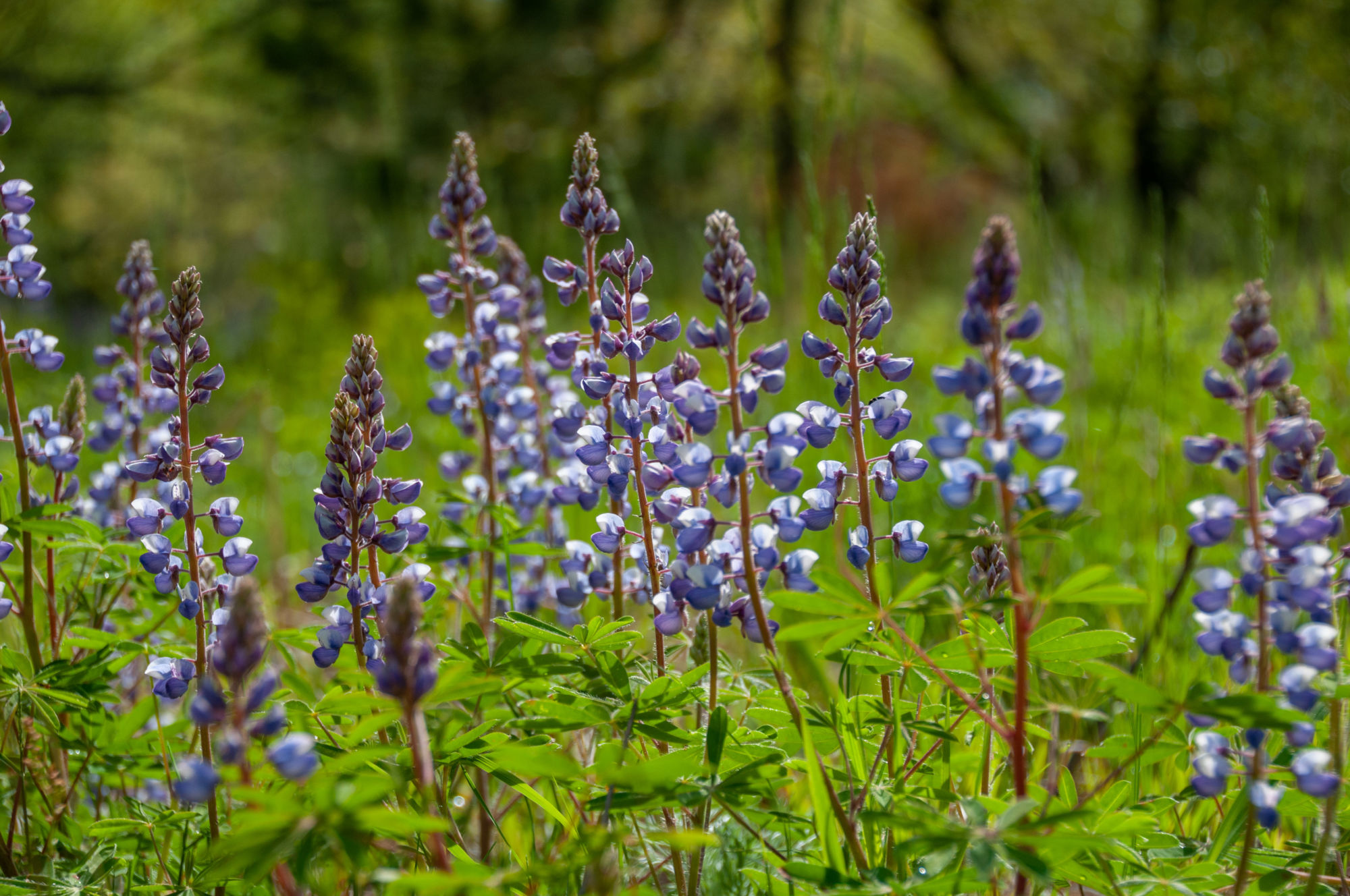
Meet the volunteers setting your favorite nature preserves on fire
Some of the rarest habitats the Land Conservancy has helped to protect depend on an elemental process better known for its destructive nature.
As with the mythical phoenix, these ecosystems are restored by fire.
Hundreds of years ago, Michigan landscapes got this necessary treatment from Native Americans and, occasionally, by way of lightning. After the arrival of European settlers, explosive population growth, and a series of intense wildfires, suppression became the dominant response to wildland fire. Today, we can see the devastating effect fire suppression has had on our ecosystems. With hopes of restoration, fire is now being reintroduced.
“Prescribed fire is by far the most effective tool we have for restoring fire-dependent habitats like prairies, oak savannas, and oak forests. These ecosystems are critically imperiled in Michigan, and without fire they are at risk of disappearing completely,” said Conservation Director Justin Heslinga.
The Land Conservancy enlists the help of its Volunteer Prescribed Burn Crew to aid in the restoration of the properties it manages. The crew was founded in 2017.
Prior to establishing the volunteer burn crew, prescribed burns on Land Conservancy properties were handled by hired contractors. Though working with contractors promises a professionally done job, it comes with limitations. Less flexible schedules and higher expenses limit the number of burns that can be done in a year.
“Having our own crew lets us be more precise in the frequency and timing of burns, which greatly impacts how effective our burns are at achieving specific habitat outcomes,” Justin said. “We continue to partner with experienced contractors on larger and technically complex burns. The volunteer burn crew handles burning simpler units, freeing up resources for other important habitat work.”
Becoming a Burn Crew Volunteer
All volunteers receive training in prescribed fire before they burn on the LCWM burn crew. The Land Conservancy offers a half-day workshop each year that covers the basics of burning safely and effectively. Alternately, volunteers can opt to take more in-depth courses through the National Wildfire Coordinating Group.
“Classroom learning is important, but it’s not a replacement for actual burn experience. So, we require that volunteers participate on a burn with us at least once every two years to remain on our crew,” Justin said.
The training and hands-on experience allow burn crew members to have more responsibility as volunteers, which is something that burn crew volunteer Mary Hefferan appreciates.
“They let you go out there and play with fire,” Mary said.
“You have to take the training and you have to be serious about it,” she said. “But they let me use the drip torch, and that’s pretty cool.”
In addition to the training, volunteers credit the leadership of LCWM staff and their well-organized burn plans for their confidence in working with fire.
Burn crew volunteer Nate McArdle recalled one particularly exciting burn at Saul Lake Bog Nature Preserve. Once the crew had burned the edges of the unit, they lit the head fire and it tore across the tindery, dry prairie grasses.
“A wall of flame and heat and excitement ensued as this couple-acre unit was burned in less than 30 seconds,” Nate said. “It’s shocking, but at the same time you have no fear or worry because you’re so confident in the preparation that the team had done and the control that Justin and Lucas and the leaders have over the situation.”
On Call for Prescribed Fire
Once trained, burn crew volunteers are summoned on short notice to execute burns planned by LCWM staff.
“Conducting a safe prescribed burn requires specific weather conditions that can change quickly. This means we usually don’t know if we will burn until a few hours before ignition,” Justin said.
Most burns are scheduled on weekdays, when many are at work. Mary is employed full time, but her job offers her flexibility to step away and help on a day with the right conditions for a burn. Nate has worked his full-time job from home since the beginning of the pandemic and said that remote work has made it easier for him to accommodate the whirlwind burn schedule.
“Our burn crew is a dedicated bunch,” Justin said. “On short notice, these folks drop whatever they’re doing to help with hard, dirty, sweaty work.”
For both Mary and Nate, the rewards for participating make it all worth it. From the promise of much-needed time outside, to the camaraderie of being around like-minded individuals.
“I learn from it. It’s an opportunity to get outside, usually in the springtime, when it’s just a neat time to be out. And I meet interesting people through doing this,” Mary said.
Plus, helping to reintroduce a long-suppressed natural management technique to the landscape is gratifying.
“It’s inspiring to be part of efforts to keep lands or restore lands to how they were,” Nate said.
Want to join the crew?
To join the LCWM Prescribed Burn Crew, you just need to attend the training each year. The 2022 training has already taken place. Keep an eye out for the 2023 training by subscribing to our volunteer e-newsletter. Fill out the form at the bottom of this page to sign up.





